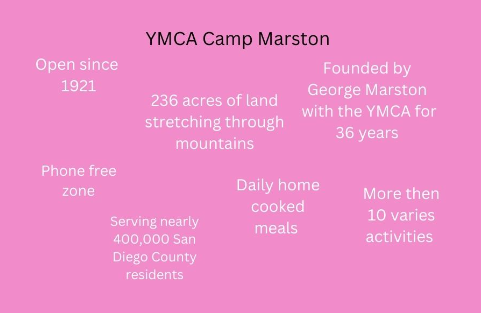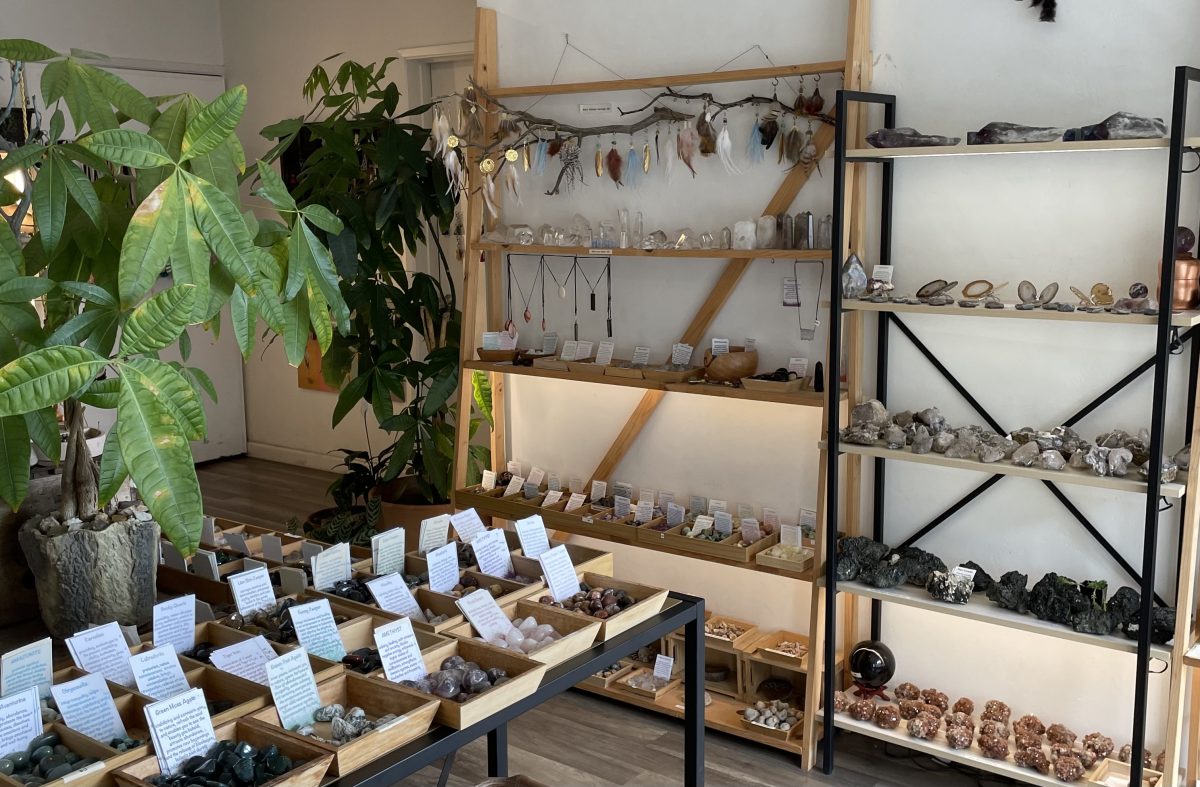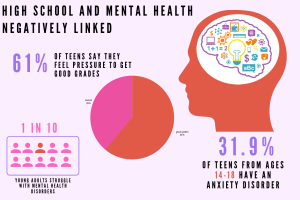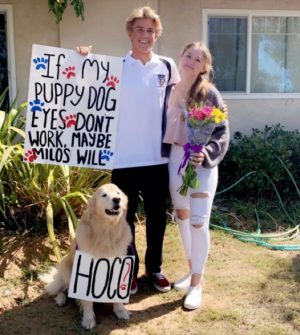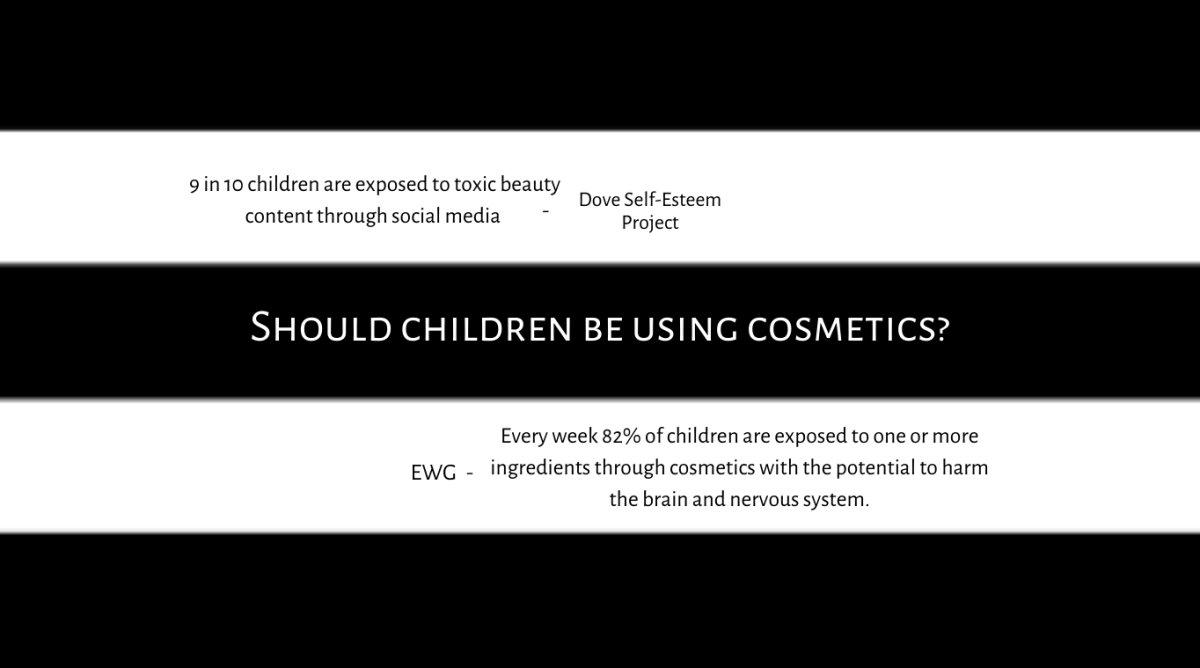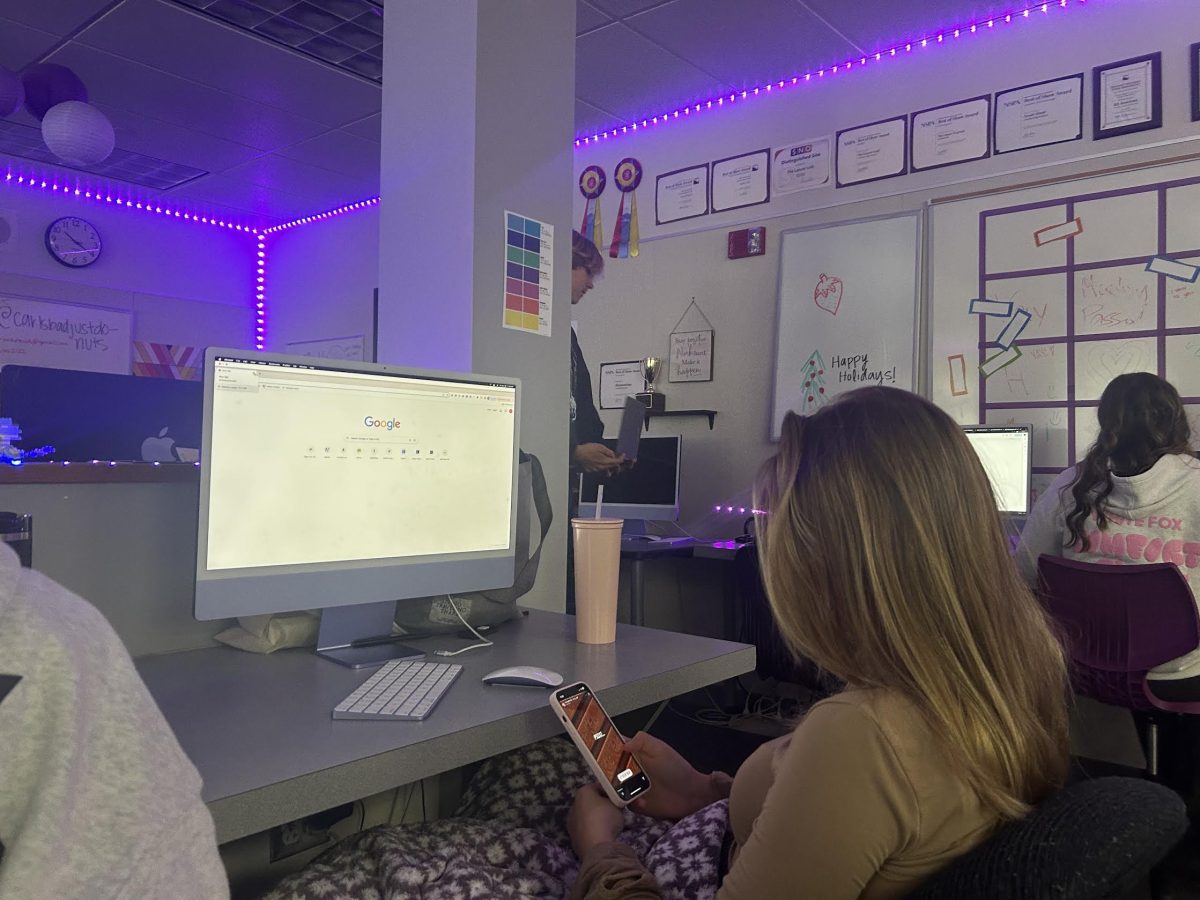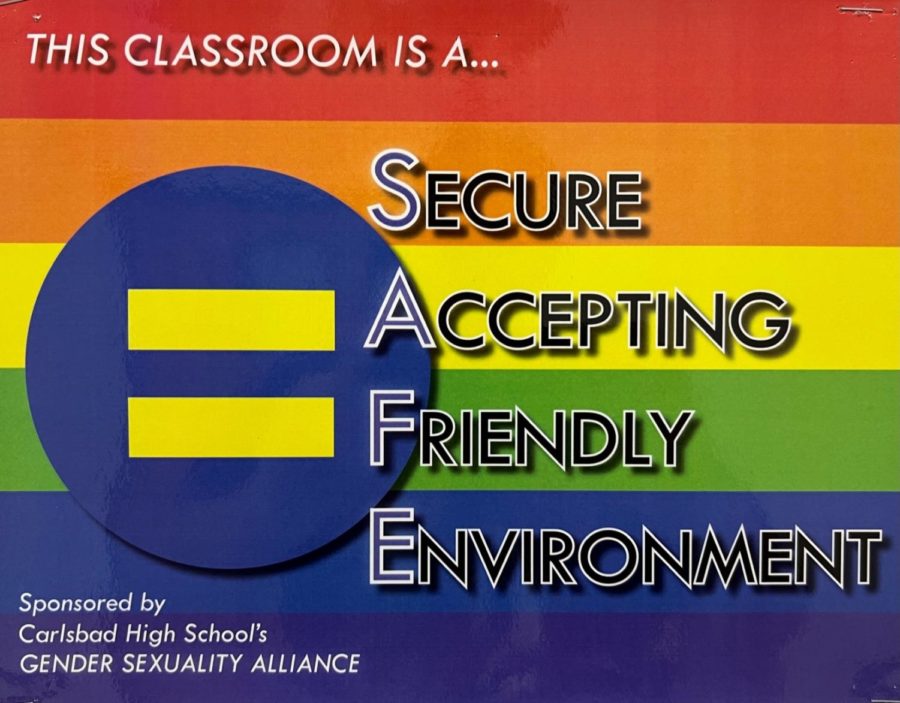For those who’ve been up-to-date on the current TikTok trends, most viewers have likely seen the abundance of children and pre-teens fixating over makeup and skin-care routines. As these adolescent ‘beauty gurus’ take over the platform, they have begun to receive harsh criticism from more experienced makeup users.
With most of the kids ranging anywhere from seven to twelve, many are unaware of the harsh and even harmful chemicals that are part of their frequently-used products. Several of these popular cosmetic brands are targeted towards older, more mature makeup consumers, and should not be used by children with developing skin.
One trend circulating through the TikTok app condemns younger kids for shopping at cosmetics stores like Sephora, in which they’ve been reported to clear the shelves of popular brands and ask employees for products they know nothing about. Many of these brands like Drunk Elephant, Olay and The Ordinary contain products with Retinol, a vitamin commonly used as an anti-aging supplement to reduce wrinkles and other skin imperfections.
Unless prescribed by a medical professional for certain conditions, children should not be using anti-aging products. Retinol has even been proven to develop contact allergies, cause skin damage and even disrupt bone development in kids. Along with Retinol, a multitude of toxic chemicals can be found in mature makeup products. Because their applications are targeted towards older age groups, their effects can cause more harm than benefit in kids.
Even children’s makeup has been found to contain harsh chemicals within some products. Mineral substances like asbestos and talc, both of which have been proven to cause serious diseases and variants of cancer, have been found in the products of innumerable makeup brands over the last century.
As the production of makeup kits for kids has increased, so has the presence of these minerals. In 2017, Claire’s, the popular American retailer for kids and tweens, took 17 makeup products off the shelves when they were discovered to contain asbestos. Though the store issued a response stating that the matter would be taken care of, the mineral was re-discovered in three of their makeup products again in 2019.
Considering the current cosmetic craze in younger consumers, most kids likely assume children’s products are safer since they are meant for younger age groups. This raises concerns about whether or not big-name brands are prioritizing the health of their customers, especially if their products are targeted towards children.
While some argue that kids should be free to express themselves through the products of their choosing, parents and caretakers should be checking the contents of the cosmetics to ensure there are no harsh ingredients before allowing children to use them. Since children are still in early stages of growth, they are especially susceptible to developmental damage from external factors, even neurologically.
Besides physical factors, such as the size and immature immune systems of children, even general behavioral patterns, such as hand-to-mouth contact, can cause accidental exposure to the chemicals. If parents do not monitor their children’s purchases or properly conduct research regarding the products, they increase the risk of their children being exposed to innumerable defects and diseases.
With all the debate over whether or not children should even be wearing makeup, parents should really be questioning why their kids are fixating on cosmetic coverage in the first place. In todays society, where many teens and adults wear makeup to conceal their insecurities or fit the societal beauty standard, it becomes increasingly apparent that kids are now more eager to grow up too quickly.
Bearing in mind today’s modern technology and the presence of social media, children are certainly exposed to larger quantities of influencers and advertisements, and can be made to feel that they need this kind of coverage to fit in. In 2023, a report from the Dove Self-Esteem Project determined that nine in ten children are exposed to toxic beauty content through social media, with one in two children revealing that it takes a toll on their mental health.
Early exposure to today’s societal standards could not only affect the current well-being of children, it could cause persistent self-image issues later in life. These mental health issues, along with the physical dangers of many makeup products, have now posed an alarming amount of risks for children using these products. These issues need to be recognized by both parents and children’s makeup companies, both of whom should be prioritizing the health and development of kids.





